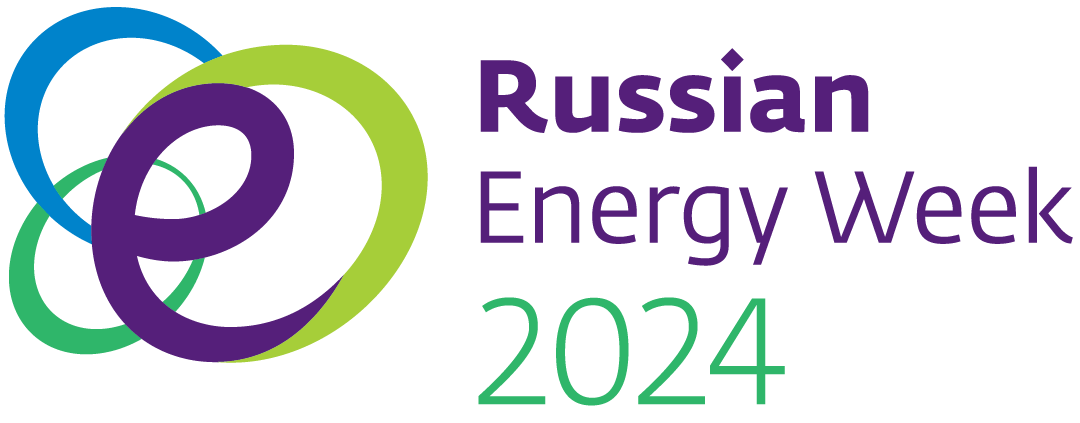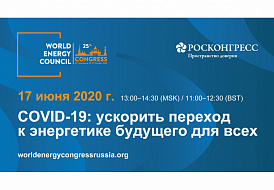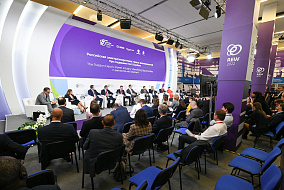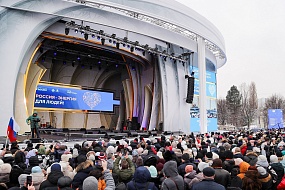Number of green energy projects up in Russia
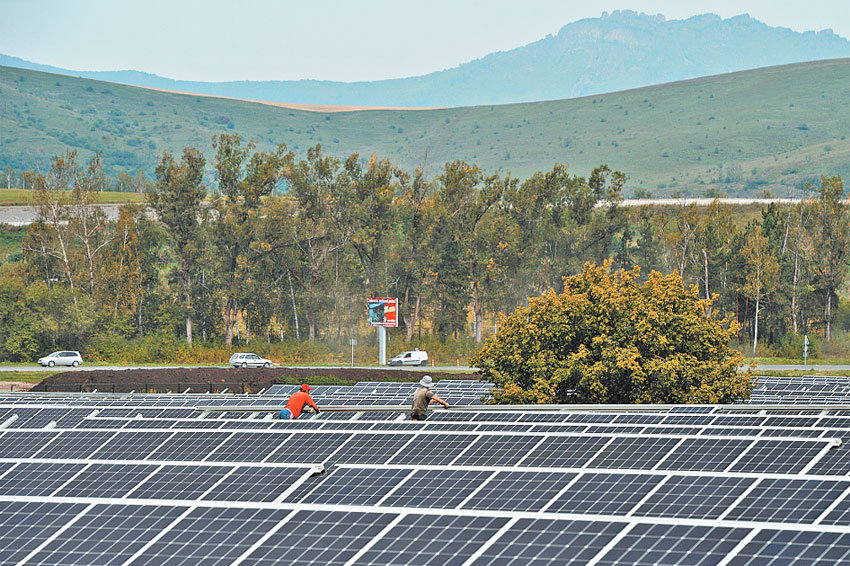
The first industrial solar-power plant with a capacity of 5 MW was built in the Republic of Altai in 2014. Russia’s solar generation alone has grown 30-fold over the past three years, to a total capacity of more than 150 MW.
Progress has also been made in autonomous distributed generation, another socially important energy segment expected to supply the country’s remote areas with reliable and affordable power. It includes solar-diesel power plants for Southern Siberia and Russia’s Far East.
It is important for the regions to accumulate alternative energy project competencies right now
‘Regions that are actively developing renewable energy and attracting large-scale investment projects include Altai, Bashkortostan, Yakutia, Tyva, Buryatiya, and the Orenburg, Astrakhan and Saratov Regions. These areas are closely following the federal agenda, as well as the trends on the global energy market, where development of renewables has been an economic and industrial priority for a number of years. The industry will keep growing in the foreseeable future and it is important for our regions to accumulate expertise and competencies in implementing renewable projects right now’, said Anton Usachev, Deputy CEO of Hevel Group.
The expert cited the Mayminskaya solar-power plant, which recently went online in the Republic of Altai. It is expected to contribute some RUB 165 million in tax revenues to budgets of different levels in its first year of operation, while keeping 18,000 greenhouse gases annually out of the atmosphere.
New projects include a 35 MW wind park in Ulyanovsk, where a factory to manufacture wind generator blades is being built. 2017 saw establishment of Russia’s first Wind Generation Systems and Complexes chair at Ulyanovsk State Technical University and the Wind Energy chair based at the ULNANOTECH. An entire wind park servicing industry will take root in the region.
The development of renewable energy in Russia can have an effect on metallurgy, too. ‘Aluminum shapes are used to manufacture solar batteries. An increase in solar projects could spur a growth in domestic orders for shape pressing. Some metals manufacturers may use solar energy, too. For instance, a copper and copper alloy rolling plant near Milan is 10% solar powered. Britain’s GFG Alliance has recently announced plans to install 54 wind power plants with a combined capacity of 178 MW in the Scottish Highlands to supply two of its factories, an aluminum smelter and a steel mill’, said Leonid Khazanov, an industry expert.
Are Russia’s regions ready to diversify their electric power generation? Some of them are covered by the Unified Energy System but others are not. Obviously, attitudes differ accordingly.
‘Interested investors needed by the regions have appeared in recent years. Still, the situation is far from uniform. There are leaders (Republic of Sakha (Yakutia), Belgorod Region), but there are laggards, too, these being in the overwhelming majority’, said Alex De Valukhoff, Managing Director, Aggreko Eurasia. Lack of diversification is often explained by energy surpluses or climatic conditions that prevent fully-fledged development of renewables. So do not hold your breath for a tectonic shift in generation patterns by fuel type in most Russian regions within the next 15 to 20 years’.
According to Leonid Primak, Director of the Centre for Energy Saving, Energy Efficiency, and Environmental and Energy Audit at the Institute of Public and Private Sector Management (IPSM) at the Russian Presidential Academy of National Economy and Public Administration, even now, with scarce public financing, there are R&D projects that are a perfect fit for local conditions. For example, the Moscow Polytechnic University has designed a wind/solar power plant that is on a par with the world’s best in terms of technology and costs less than half. A power station using those generators is contemplated for the Tver Region.
A substantial increase in investment in alternative energy is expected in the coming years: Around USD 7.5 trillion globally over the next 20 years, including USD 3 trillion to be invested in solar and another USD 2.5 trillion in wind power. To compare, natural gas power should attract USD 804 billion.
“Raising investment in alternative energy must be accompanied by state support. Discounted subsidizing of renewable development loans is on the agenda. The government assists with renewables development by using capacity provision contracts that guarantee investors a 12% baseline return on their investment”, said Tatiana Fantaeva, Eaton Country Sales Manager for Russia and Kazakhstan.

Source: https://rg.ru/2017/10/03/reg-sibfo/kolichestvo-proektov-zelenoj-energii-v-rossii-rastet.html
